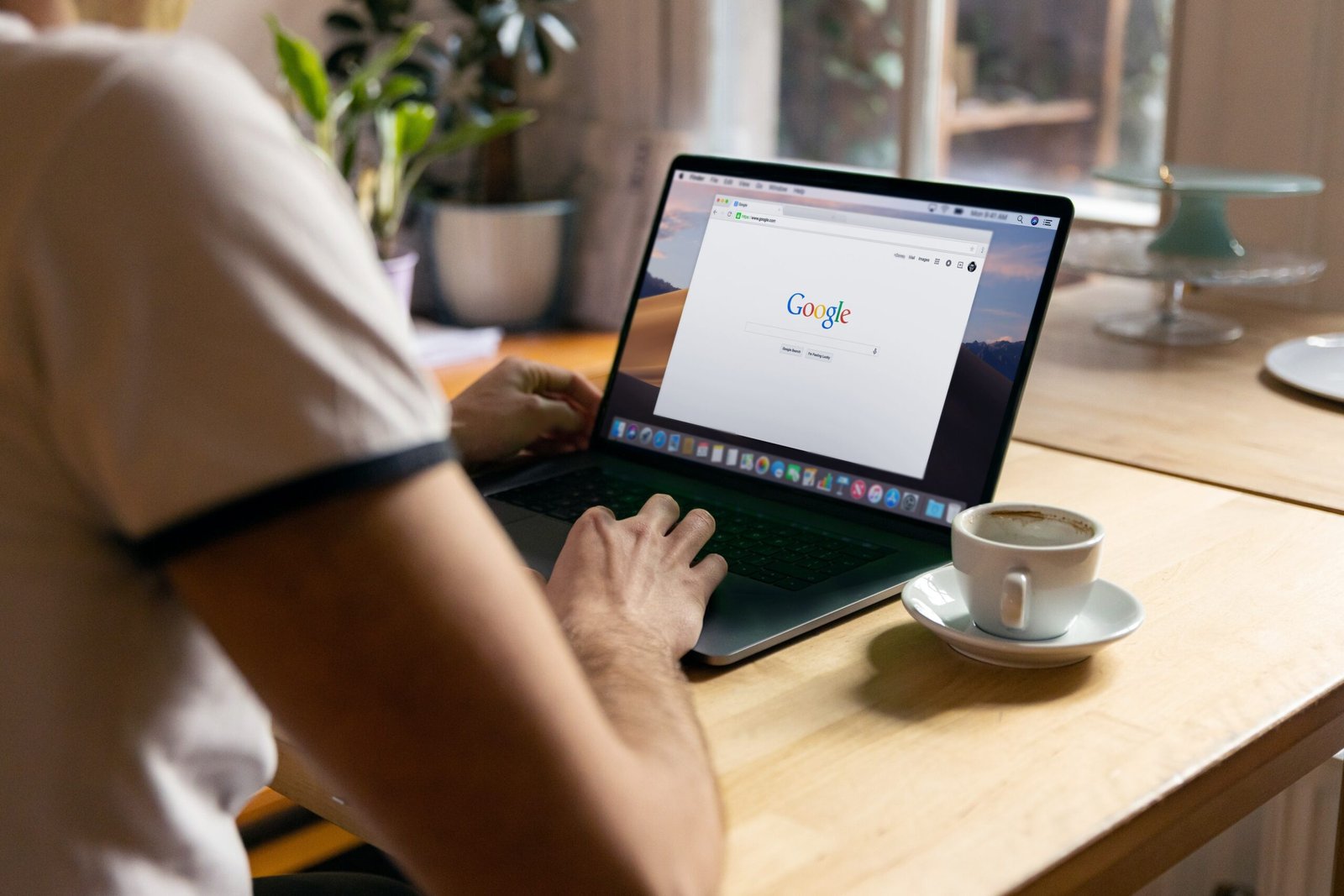Introduction
Google AdSense has been a popular advertising platform for website owners and bloggers for many years. It allows publishers to monetize their online content by displaying relevant ads on their websites. Currently, AdSense operates on a pay per click (PPC) model, where publishers earn revenue when visitors click on the ads. However, Google has recently announced a major change in its advertising model, transitioning from pay per click to pay per impression (PPI) starting in 2024.
Thank you for reading this post, don't forget to subscribe!What is Pay Per Impression?
Pay per impression, also known as cost per thousand impressions (CPM), is an advertising model where publishers earn revenue based on the number of times an ad is displayed on their website, regardless of whether the visitor clicks on it or not. This shift in the AdSense model aims to provide a more accurate reflection of the value that advertisers receive from their ads.
Benefits of Pay Per Impression
The transition from pay per click to pay per impression brings several benefits for both publishers and advertisers:
- Stable Revenue: With pay per impression, publishers can generate a more stable and predictable income, as it is not solely dependent on the number of clicks their ads receive. This allows website owners to better plan their finances and investments.
- Increased Ad Relevance: Advertisers will have a greater incentive to create high-quality and relevant ads since they will be paying for impressions. This shift can lead to a better user experience, as visitors will see ads that are more aligned with their interests.
- Improved User Experience: Pay per impression reduces the pressure on visitors to click on ads, resulting in a more seamless and enjoyable browsing experience. Users can focus on the content they came for, without feeling compelled to interact with ads.
Preparing for the Transition
While the transition to pay per impression is still a few years away, it is important for publishers to start preparing for this change. Here are some steps you can take:
- Optimize Ad Placement: Review your website’s layout and ad placements to ensure they are optimized for maximum visibility. Experiment with different positions and formats to find what works best for your audience.
- Create Engaging Content: Focus on creating high-quality, engaging content that attracts and retains visitors. The more traffic your website receives, the more impressions your ads will generate.
- Monitor Ad Performance: Keep a close eye on your ad performance metrics, such as click-through rates and impressions. This will help you identify any trends or areas for improvement.
Conclusion
The transition from pay per click to pay per impression in Google AdSense is a significant change that will impact publishers and advertisers alike. While it may take some time to adjust to the new model, it presents opportunities for more stable revenue and improved user experiences. By preparing early and staying informed, publishers can make the most of this transition and continue to monetize their online content effectively.
Read More – The Impact of AI on Digital Marketing



